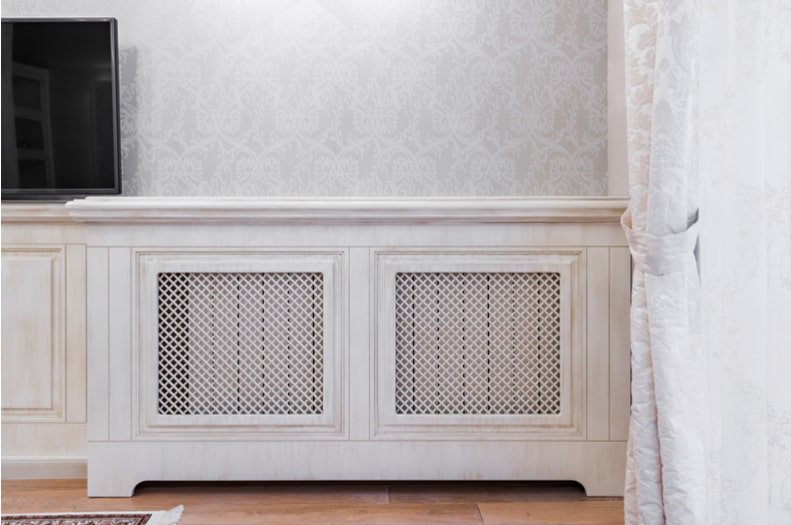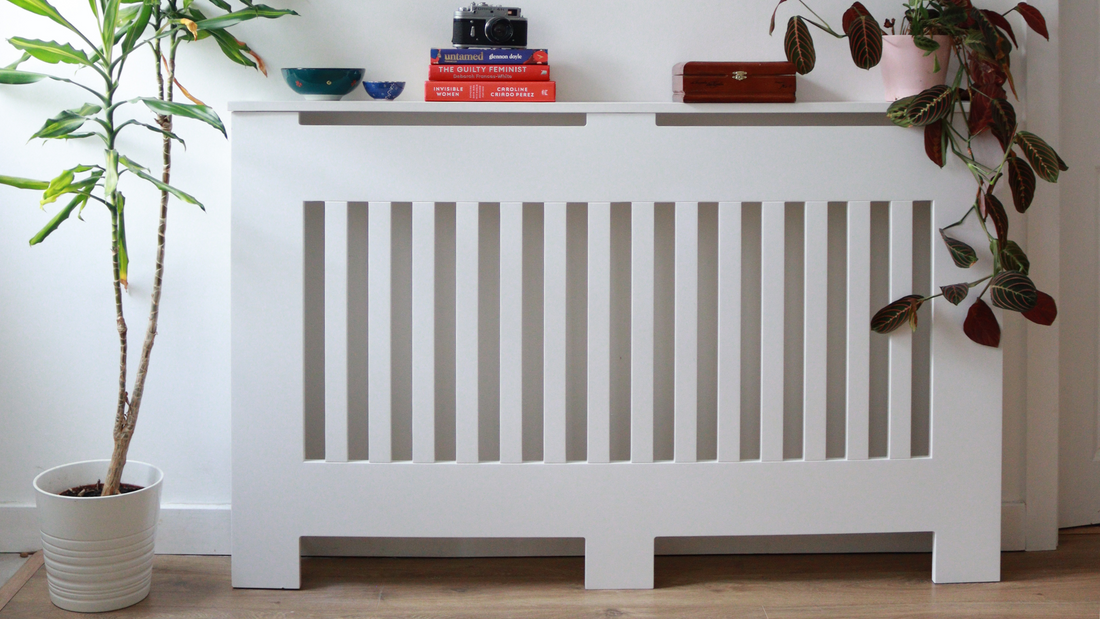7 Simple Techniques For Radiator Covers
Radiator Covers - An Overview
Table of ContentsRadiator Covers for BeginnersThe Radiator Covers StatementsLittle Known Facts About Radiator Covers.8 Simple Techniques For Radiator CoversWhat Does Radiator Covers Do?An Unbiased View of Radiator Covers
Over at the Old House Web, Amy Hayden discussed Five Advantages to Making Use Of Radiator Covers. This has begun a bit of a debate: Are rad covers beneficial or do they lose power? Hayden created, "Radiators are an excellent source of warm, yet they also occupy valuable square footage ...They might be called radiators, but they need to possibly be called convectors, since the bulk of the warmth that we obtain from a standard rad is relocated by convection. In convection, air heated between the fins of the radiator increases to the ceiling and is intimidated the room in a circle.
The Best Guide To Radiator Covers
Hayden created, "Radiator covers with the proper backing can distribute warm more successfully than an exposed radiator. Rather than the warmth going straight to the ceiling, the back enables it to be pressed right into the space." Lloyd Alter It holds true that radiators ought to have a proper reflective support; I use foil-faced bubble cover insulation; it reflects a little of the radiated warmth that would have been absorbed by the wall surface back into the room and the radiator.
Radiator covers can be useful in older structures designed after the influenza epidemic of 1918 - radiator covers. Then, as holds true now, health and wellness officials believed that fresh air was the method to prevent getting diseases which people need to copulate open home windows. Dan Holohan creates in "The Lost Art of Steam Heating" that in New York City, the Board of Wellness ordered that windows ought to remain open at all times, and the radiators were created to maintain buildings warm on the chilliest day of the year with the home windows open
A Biased View of Radiator Covers
Some radiators, like copper finned modern-day rads, featured important covers, commonly with dampers to change the convection; they, like heavy steam rads, require covers because they are too hot to touch. But also for a typical cast iron rad that a person locates in old residences, connected to a hydronic system, a cover isn't required for safety.
In a current message, Holohan kept in mind that some radiators can get alarmingly warm. He described a suit where a youngster rolled off the bed and got stuck in between the radiator and the bed and experienced significant burns. He ended, "If I was a landlord, I would cover all the radiators in the houses that had kids living there.
As a typical heating device, radiators are not there just to look quite but to maintain your home warm using natural convection. Nevertheless, with more focus on interior decoration, these devices can confirm unattractive and distract from the remainder of the very carefully outlined aesthetic appeals of a space. To straighten a radiator to the design of the rest of your room, you can cover one up though this does feature ramifications for the home heating.
A radiator cover is basically a way of concealing a radiator to obscure it from view. They generally can be found in 2 products, timber and galvanized steel. Timber is considered one of the most usual product for a radiator cover as it merely looks far better. This is in spite of the truth that wood is not an excellent conductor of warmth however it is good for childproofing so is ideal for a young family members.
Little Known Facts About Radiator Covers.

Not only can they childproof the home appliance and include a cosmetically pleasing style, yet a radiator cover can additionally add added storage space, specifically in the shower room. With a level surface area, you must have the ability to save soaps and scents to keep them within very easy reach. By repurposing the room, the radiator cover can become a makeshift mantelpiece.
That is certainly reference the case with radiator covers and they can restrict the effectiveness of your main heater. By disrupting the this link circulation of cozy air and the all-natural convection, you can endure warmth loss and grab the thermostat when you truly should not need to. Properly, a radiator cover can cost you money by exceedingly investing on heating you are not appreciating.
Some Known Facts About Radiator Covers.
These consist of hemorrhaging the radiators, using reflective backing, and maintaining a gap for the radiator. Most homes should be hemorrhaging their radiators at the very least when a year.
Radiators function by all-natural convection, as cool air sinks to the base of the wall, it enters call with the radiator after that warms up and rises as the air comes to be less dense. The cozy air efficiently warms up an area. If you were to place things next to the radiator, such as a couch, or border one with a radiator cover, then this would certainly conflict with the natural convection and you would certainly not be able to really feel the complete benefits of the home heating.
Radiator covers might be a good alternative if you have young kids running about and need a means of stopping them from shedding themselves on the hot surface. While a cover needs to look excellent to hide a radiator, any kind of material that blocks a home heating device will reduce its performance. To offer a complete design, the radiator cover link should discuss the valves, along with the heating unit and pipelines.
The smart Trick of Radiator Covers That Nobody is Discussing

Which my concern: how do I set about identifying if my radiators should have covers? I have a pal who believes the concern is basic: a cover traps the heat, so eliminating the cover will certainly enable the warmth to much better enter the room and will certainly make the radiator much more reliable.
Which my inquiry: exactly how do I go about identifying if my radiators should have covers? I have a close friend that believes the issue is easy: a cover catches the warm, so getting rid of the cover will permit the warm to better get in the room and will certainly make the radiator more efficient.
Which my question: exactly how do I go about finding out if my radiators should have covers? I have a close friend who thinks the problem is straightforward: a cover catches the warm, so removing the cover will certainly allow the warm to much better get in the space and will certainly make the radiator much more reliable.